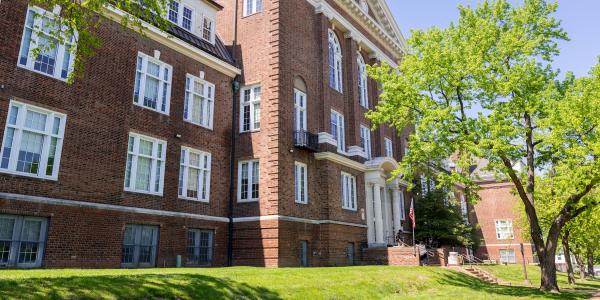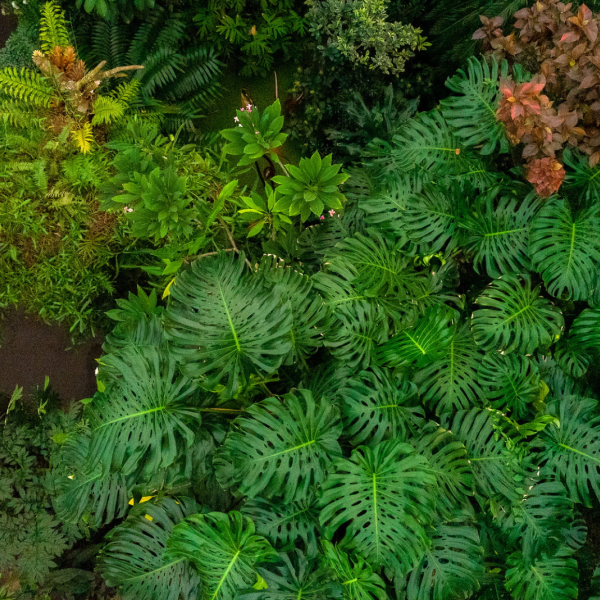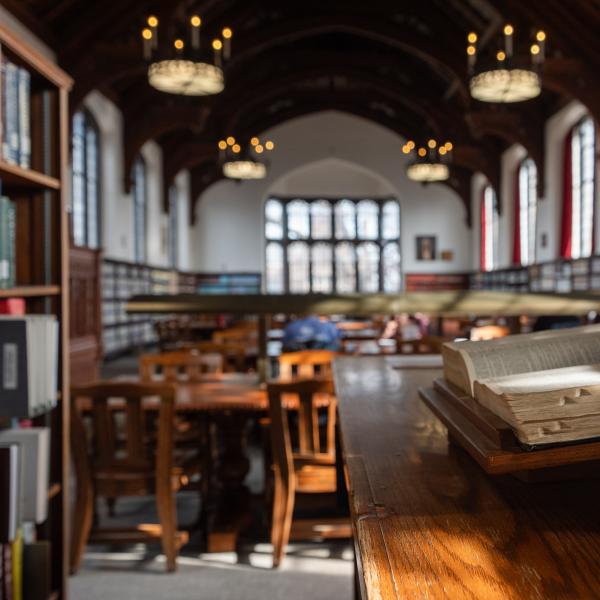The Divided City Initiative brings together Arts & Sciences and the Sam Fox School to support community-led efforts to save north St. Louis’ historic Sumner High School.
What does a building mean to a community?
Ask Michael Allen, lecturer in American culture studies, and he’ll tell you a building is more than a physical structure. Preserving the built environment can act as a “storehouse” against the forces that sweep in and change communities, he said. We save a space “not to prevent change, but to give neighborhoods the resources to push back and uphold collective values.”
So, when The Divided City — an urban humanities initiative funded by the Mellon Foundation that brings together the Arts & Sciences Center for the Humanities and the Sam Fox School — was invited to pitch in on a plan to save historic Sumner High School, the idea for the Sumner StudioLab was born.
Sumner is the oldest Black high school west of the Mississippi. It’s located in the Ville, a neighborhood just five miles northeast of WashU’s Danforth Campus with a rich legacy of Black excellence in culture, business, sports, art, music, and education. In its prime, Sumner High School’s striking Georgian-revival brick building was bursting with 3,000 students. But since the 1960s the neighborhood has experienced the effects of disinvestment and depopulation. Today, the high school is down to roughly 300 students. In 2021, St. Louis Public Schools slated it for potential closure.
Sumner’s closure would devastate the Ville, according to Aaron Williams, board president of the community group 4theVille. Williams, AB ’08, formed the task force that crafted the Sumner Recovery Plan, an ambitious arts integration curriculum that seeks to save the school. The Sumner StudioLab aims to support those existing community-driven efforts.
Housed in an annex of the high school, the StudioLab is a community hub that brings together Sumner High School students, WashU students, and Ville residents to discuss and design the school’s future and celebrate its past.
We visited the space this spring to learn how Arts & Sciences students, faculty, and staff are working to deepen understanding of Sumner High School and the Ville through internships, classes, and community engagement.

The Internships
Sumner High School student Kayleigh Lang has gone to the StudioLab every week for most of her junior year. The after-school internship program has helped her learn more about her community and broaden her skills. “It’s not just another program at school,” she said. “I could be myself here. They see the real me.”
Laura Perry, assistant director for research and public engagement in the Arts & Sciences Center for the Humanities, and Matt Bernstine, associate director of the Office for Socially Engaged Practice at the Sam Fox School, run the internship program for Sumner students. They seek to support the growth of the Sumner community by empowering future leaders of the Ville. The internship program is funded by WashU’s Office of the Provost and was developed by Bernstine and Perry in response to critical feedback from community leaders about the importance of StudioLab programs that could offer direct, tangible benefits to Sumner students.
Lang and fellow interns Shahanah Hill, Erylise Solis, and Christian Windsor have spent two semesters learning community-building and design skills. Every program, listening session, or workshop the interns organize is an opportunity to enrich the neighborhood or learn how to document and preserve their community.
Last fall they interviewed elders in the Ville, hearing firsthand about the neighborhood’s storied past. This spring, the interns hosted a fashion arts workshop with St. Louis blogger and entrepreneur AK Brown that was open to the neighborhood.
The internship also requires the students to serve on a Community Advisory Board alongside Ville residents and representatives from local organizations. That experience has been eye-opening for students like Lang. “I’m still a teenager, and I’m in a room full of adults, and it’s like, ‘Oh, we are making real decisions,’” she said.
Bernstine said the StudioLab’s internship program exists to support the ongoing work of community organizations in the Ville. “In some ways we are testing a model for thinking about Sumner High School’s future — a new model for public high schools as civic anchors.”
Sumner has served as “a beacon of Black excellence during a time of terrible urban segregation,” Perry said. For her, that’s reason enough to invest in the next generation of scholars. “Sumner is unique. There are not many places like it,” she said. “If the StudioLab can in any way contribute to supporting Sumner, that’s exactly what we hope it accomplishes.”
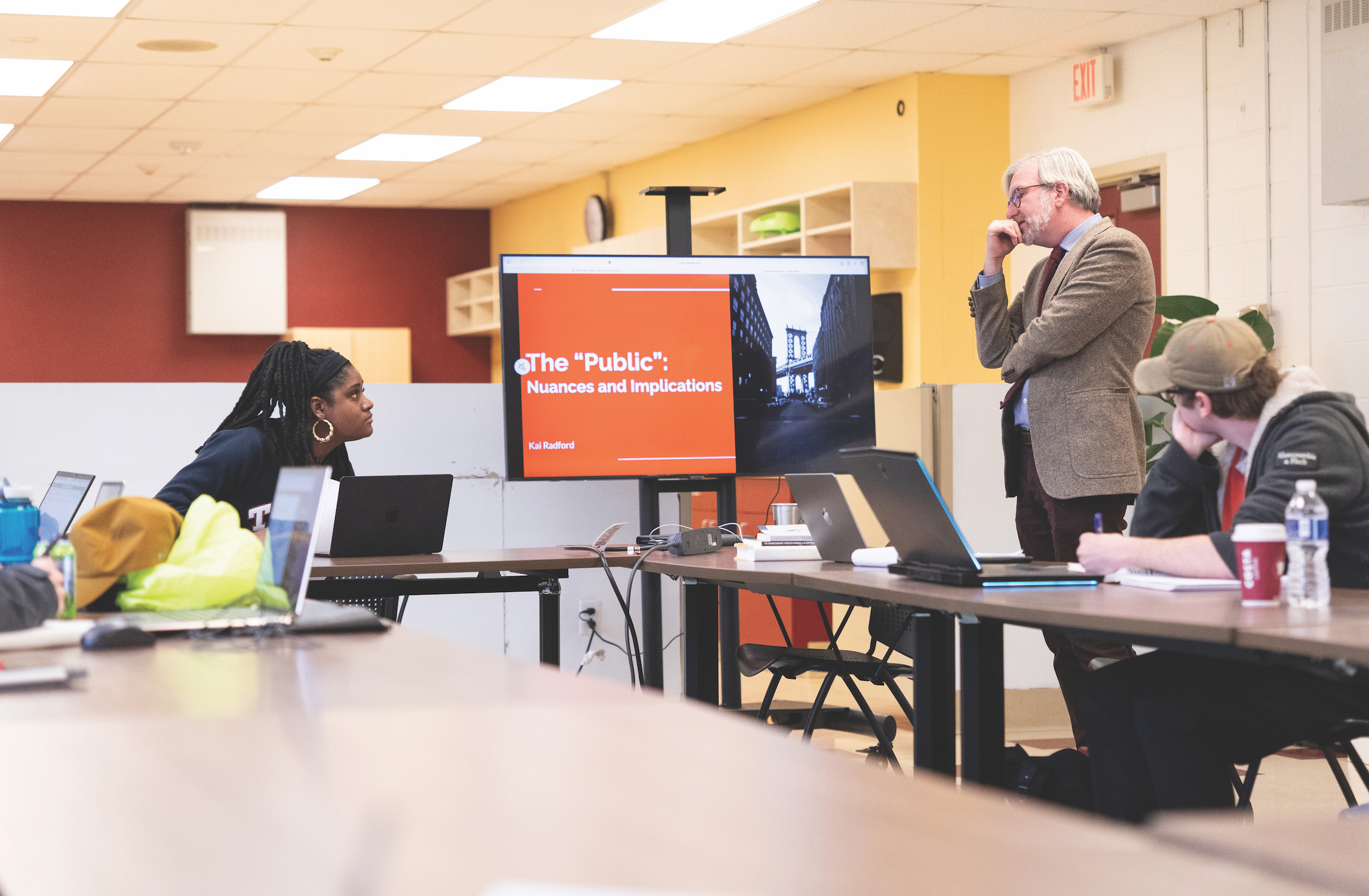
The Courses
For eight semesters, Michael Allen has taught a course on power, politics, and urban design called “The Unruly City.” But for the first time, this spring, Allen, who is also a senior lecturer in the Sam Fox School, offered the course from a new location: the Sumner StudioLab. Teaching the class in the high school annex offered his students a rare opportunity to directly address the issues they study.
This is the second course Allen has held in the StudioLab since it opened. Last fall he taught “Historic Preservation, Community, and Memory.” Both courses are cross-listed in Arts & Sciences and the Sam Fox School, and they have attracted students from a variety of majors including architecture, social work, African and African American studies, English, and musicology.
Allen tries to get students to engage with community problems in all his courses, but it’s rare that they are able to do so in the field. This semester, “The Unruly City” is split between discussion of readings and consideration of real-life issues in the Ville. “It used to be we’d have three hours to sit and have debates about policy,” he said. “Now we have to compress that and move on to thinking about how that relates to a problem in the neighborhood.”
During a class in early March, Kai Radford, a senior majoring in African and African American studies, presented a deeper look at the word “public” inspired by recent readings. Radford asked classmates: Do you consider yourselves the public? How do we define public? And does that change how we engage the public?
Sylvie Raymond, a junior majoring in English, said the course helped her speak in clear and direct terms about systems of power. “This class has given me lots of language to talk about how almost every issue of physical space is a social issue,” she said.
Preservation is crucial for maintaining the historical, cultural, and societal importance of the Black community in St. Louis.
For their final assignments, Allen pairs each student with a community organization to work on projects like mapping, urban trail and sidewalk design, and documentation of public spaces.
For her project in “Historic Preservation, Community, and Memory,” Nkemjika Emenike, a senior majoring in history, mapped a community art project using the software ArcGIS. As she drove to class each week, Emenike noticed a series of portraits of important residents and other significant Black figures by artist Chris Green painted on homes throughout the Ville. One day she noticed that one of the paintings was on a vacant building that was being demolished. The potential loss of the painting inspired her digital project, documenting and mapping the portraits so that others could view them online and find them in person.
“The idea was to preserve and archive the art for future generations and highlight the importance of the figures on these homes,” Emenike said. “Preservation is crucial for maintaining the historical, cultural, and societal importance of the Black community in St. Louis.”
Having students make their way to Sumner and be present in the neighborhood every week has had an impact on the students, Bernstine said. “Even if they don’t explicitly say it, it resonates and shows in their final work.”
Community Engagement
The StudioLab hub also serves as a gathering place for listening sessions and workshops for Ville residents. Bernstine says the team has been intentional about supporting the fabric and organizational structure they are building in the neighborhood. “We are mindful of our position and want to play our part,” he said.
That means each event must go through a careful selection process. The StudioLab Community Advisory Board — comprised of the Sumner High interns, Ville residents, and community partners — must approve each idea to ensure workshops truly serve the neighborhood.
In early spring, the Urban Land Institute presented a hands-on workshop for Ville residents to learn about the issues and economics involved in urban design.
A creative button-making workshop with CJ Mitchell of the Contemporary Art Museum St. Louis was also in the works. That event would be open to the neighborhood and include a discussion of community building and the use of buttons in activist movements.
Other workshops will focus on topics like urban gardening, holistic wellness, and civic engagement.
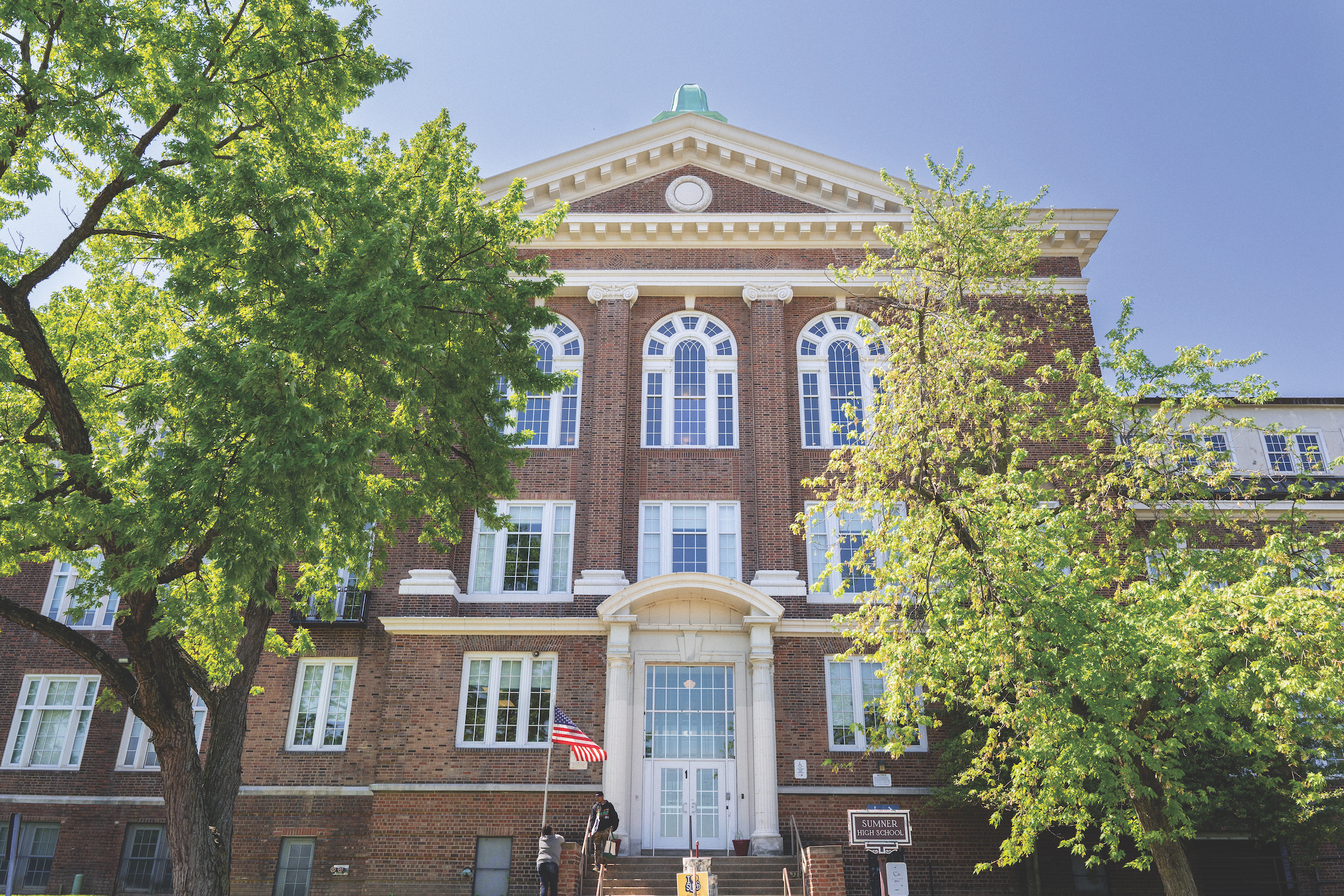
What comes next?
The Sumner StudioLab will continue to run through June, when the project’s funding from the Divided City Initiative comes to an end. But organizers Perry and Bernstine hope the work will find other ways to live on. “Moving slowly to build trust means that a year seems like the blink of an eye,” Perry said. “It feels like we are just getting started.”
Crystal Payne, a doctoral candidate in the English department who worked with the StudioLab, hopes to keep going even after her graduate assistantship ends. She’s loved working with the interns and fellow StudioLab graduate assistant Shameen Akhtar. She's also enjoyed getting to know the Ville where she sees a significant connection to her work as a Caribbean scholar who studies borders, migration, and colonialism in literature.
“I think it’s important, putting a face to a theory,” Payne said. “We can talk about the tragedies of discrimination. We can talk about imperialism and colonization. But meeting the people it affects, I think that deepens our understanding of our field.”
The future of Sumner High School is still in flux. In the meantime, Michael Allen focuses on the small ways he and his students can contribute to the neighborhood. He wants students to understand their responsibility. “You’re going to be a neighbor, a fellow inhabitant of spaces, for the rest of your lives and careers. Any commitment that you launch in a class can be a lifelong practice wherever you go.”

